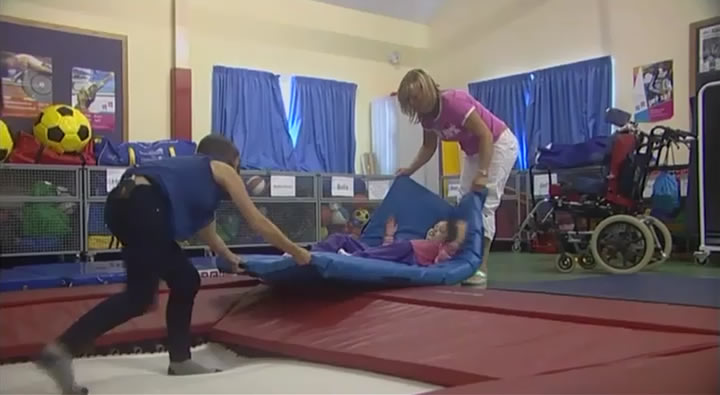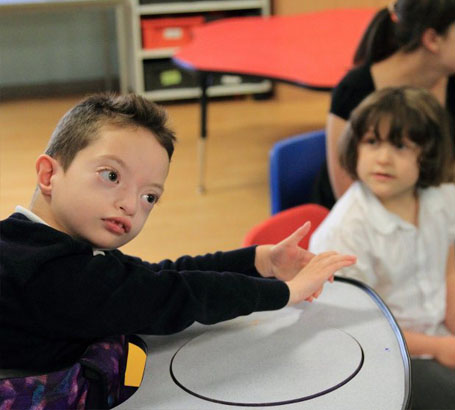
Knowing how communication develops is key to planning age appropriate activities and identifying possible speech or language delays.
Children with SLD/PMLD/CLDD will move through these stages more slowly than typically developing children and some will not progress beyond the earliest stages. For some children, development will not be hierarchical, and their profiles may be irregular, seemingly with gaps.
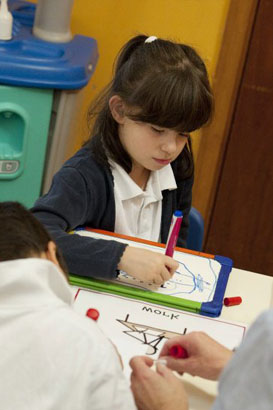
Early communication follows a general pattern of development from pre-intentional through to intentional, as follows:
- Reflexive response (to a stimulus – interpreted by a familiar person as meaningful).
- Reactive response (more consistent reaction to a stimulus, may anticipate).
- Basic understanding of cause and effect ('If I do that, something will happen').
- Basic understanding of goal-directed possibilities (communication to get something done).
- Proactive use of an item purposefully to engage a partner in interaction.

Intentional communication has been defined as:

...responses which a person makes intentionally in order
to affect the behaviour of another person, and with the expectation that the other person will receive and act on that message.
Kiernan, Reid & Goldbart (1987)
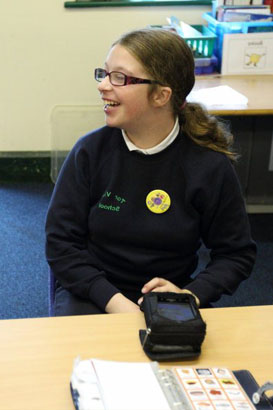
Communication may be pre-intentional, where an individual's utterances or movements are not necessarily made with purpose, but are invested with meaning by another.

The individual's motor acts on people and objects are
'assigned communicative significance by others'.
Snyder-McLean (1987)

With babies, caregivers tend to invest meaning to a baby's actions as if the baby were communicating intentionally.
Parents instinctively invest meaning in the spontaneous utterances of their infant right from the start, interpreting their sounds and attributing intention, eg 'Oooh! You're hungry! You want feeding don't you?'.
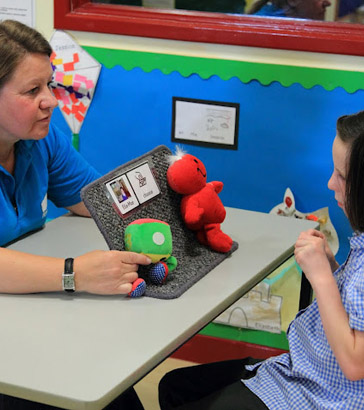
Similarly, for older children who still use pre-intentional communication, such as those with severe communication difficulties, it is important that teachers and caregivers regard them as communicating and receive and act upon their communications to facilitate their development.
Children with atypical development may not give conventional communicative responses, such as eye-contact and smiling. Nevertheless, it is still important to interact as if the child is communicating.
Watch this video clip of Alla, a child with PMLD.
Alla's teacher has given intention to her arm movement.
Alla is learning to indicate that she wants more bounces on the trampoline by raising her arm intentionally. It is hoped that, later, she will use this signal in other contexts. The staff make the activity contingent on the child's request.
